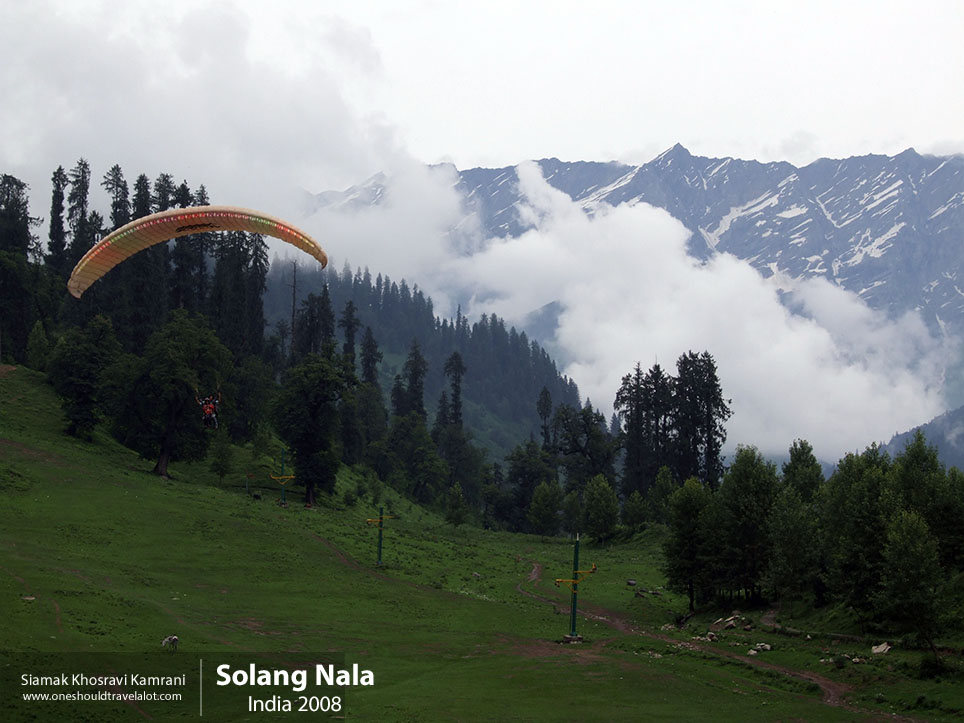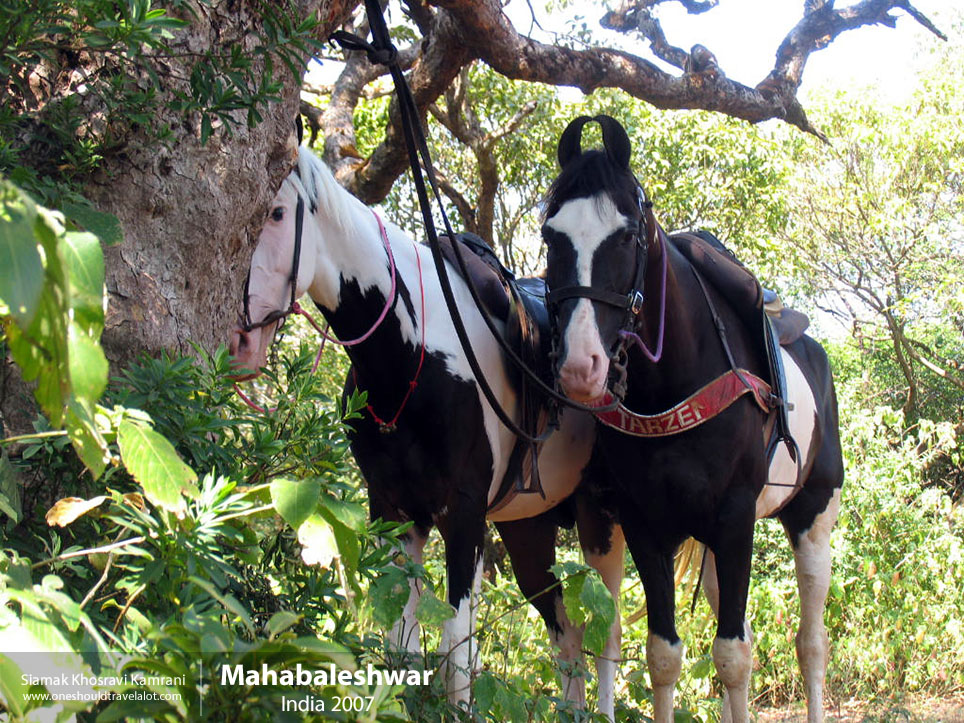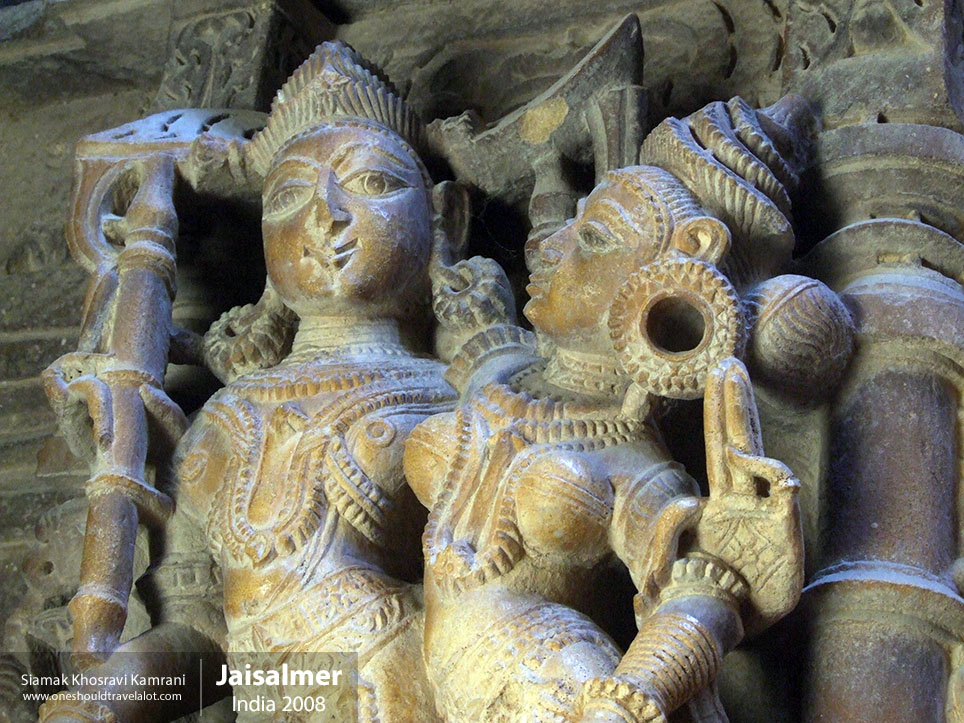Exploring the City of Lakes: A Photographer’s Journey in Udaipur, India
Arrival in the City of Lakes
As the plane descended into Maharana Pratap Airport, the anticipation of exploring Udaipur, the famed “City of Lakes,” built up within me. Known for its picturesque lakes, grand palaces, and vibrant culture, Udaipur promised to be a visual feast for my camera and a profound cultural experience for my soul. The first breath of the warm, dry air as I stepped out of the airport was a stark reminder that I was in the heart of Rajasthan, a land steeped in history and tradition.
First Impressions: A City of Contrast and Harmony
Driving through the bustling streets towards my hotel, I was immediately struck by the harmonious blend of old and new. Modern cars shared the roads with camel-drawn carts, and sleek, contemporary buildings stood alongside centuries-old havelis (traditional Rajasthani mansions) adorned with intricate carvings. The city’s atmosphere buzzed with life, yet there was a sense of timelessness, as if the past and present coexisted seamlessly.
The standard of living varied noticeably as I traversed different parts of the city. Opulent palaces and luxury hotels contrasted with more modest neighborhoods, yet there was an undeniable vibrancy and warmth everywhere. The people of Udaipur, with their colorful attire and warm smiles, exuded a welcoming spirit that made me feel at home instantly.
Exploring the Iconic City Palace
My first photographic expedition was to the City Palace, a colossal complex perched on the banks of Lake Pichola. As I walked through its ornate gates, I was transported back to the era of the Mewar dynasty. The palace, with its intricate peacock mosaics, expansive courtyards, and stunning views of the lake, offered countless opportunities to capture the essence of Udaipur’s regal past.
Each section of the palace told a story. The shimmering Mor Chowk (Peacock Courtyard), with its vivid mosaics, depicted the vibrant colors and artistry of Rajasthani culture. The palace’s museum housed an impressive collection of artifacts, from royal costumes to ancient weaponry, each piece narrating a chapter of the city’s storied history. Through my lens, I aimed to capture not just the beauty of the architecture, but the aura of history that seemed to permeate the very air of the palace.
A Serene Sunset at Lake Pichola
As the day drew to a close, I headed towards Lake Pichola, eager to witness the famed Udaipur sunset. The lake, surrounded by the Aravalli hills and dotted with islands, mirrored the changing colors of the sky, creating a breathtaking spectacle. The boat ride on the tranquil waters offered a unique perspective of the city’s skyline, with the palaces and havelis reflecting in the shimmering waters.
The ethereal beauty of the sunset over Lake Pichola, with the golden hues gradually giving way to a serene twilight, was a photographer’s dream. I captured the moment when the City Palace and the Lake Palace, standing majestically in the middle of the lake, were bathed in the soft glow of the setting sun. It was a scene of pure magic, where nature and architecture blended in perfect harmony.
Immersing in the Local Culture
The next day, I ventured into the heart of Udaipur to experience its rich cultural tapestry. The narrow, winding lanes of the old city were alive with activity. Markets brimming with vibrant textiles, handcrafted jewelry, and traditional Rajasthani artifacts beckoned me to explore. The scent of spices filled the air as street vendors prepared delectable local delicacies, from spicy kachoris to sweet jalebis.
One of the highlights was visiting a local artist’s workshop. Udaipur is renowned for its miniature paintings, a traditional art form that dates back centuries. Watching the artisans meticulously paint intricate details with fine brushes was mesmerizing. Their dedication to preserving this ancient craft was inspiring, and I was fortunate to capture their skill and passion through my photographs.
The Spiritual Side of Udaipur
Udaipur is not just a city of palaces and lakes; it is also a place of deep spirituality. The Jagdish Temple, an architectural marvel dedicated to Lord Vishnu, stood as a testament to the city’s religious heritage. The temple’s towering spire and intricately carved pillars were awe-inspiring. As I photographed the devotees offering prayers and the temple priests performing rituals, I felt a deep sense of peace and reverence.
A visit to the Eklingji Temple, located a short drive from the city, further enriched my spiritual journey. This ancient temple complex, dedicated to Lord Shiva, with its 108 temples, exuded a serene and sacred atmosphere. The rhythmic chants and the scent of incense created an otherworldly ambiance, making it a perfect place for reflection and meditation.
Discovering the Royal Heritage
No visit to Udaipur would be complete without exploring the Sajjangarh Palace, also known as the Monsoon Palace. Perched on a hilltop, the palace offered panoramic views of the city and the surrounding countryside. Originally built to watch the monsoon clouds, the palace provided an excellent vantage point to capture the sprawling beauty of Udaipur.
The journey to Sajjangarh Palace was an adventure in itself. The winding road up the hill offered glimpses of the lush greenery and the occasional sighting of wildlife. Upon reaching the top, the breathtaking view of Udaipur, with its lakes glistening in the sunlight and the majestic City Palace in the distance, was a sight to behold.
The Warmth of Udaipur’s People
Throughout my stay, the people of Udaipur left an indelible mark on my heart. Their hospitality, warmth, and genuine kindness were evident in every interaction. From the shopkeepers in the bustling markets to the staff at my hotel, everyone went out of their way to ensure I felt welcomed and comfortable.
One memorable experience was being invited to a local family’s home for a traditional Rajasthani meal. The flavors and aromas of the dishes, such as dal baati churma and gatte ki sabzi, were a testament to the rich culinary heritage of the region. Sharing stories and laughter with the family provided a deeper understanding of the local way of life and the values that bind the community together.



